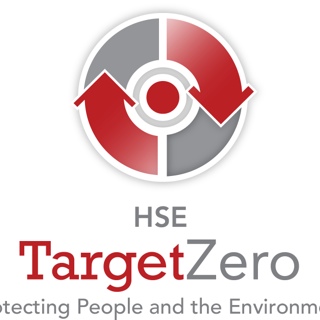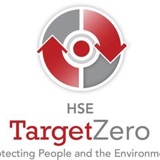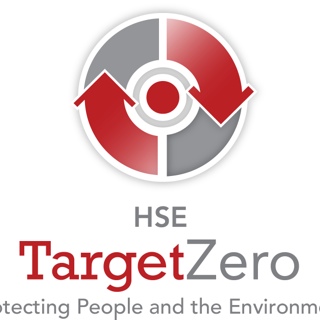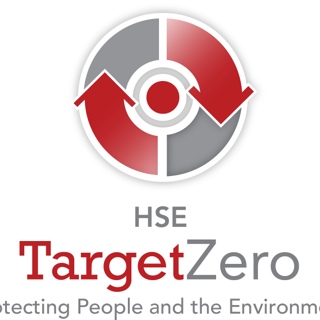Information
-
Project Name
-
Prepared by
-
Title
-
Project Manager
-
Conducted on
-
Add location
A. Personnel Safe Work Practices
-
1. Personnel in areas where concrete is being poured are wearing PPE as required.
-
2. Protruding rebar is adequately guarded to control impalement hazards.
-
3. Personnel do not ride concrete buckets or position themselves in lifting areas.
-
4. Personnel maintain safe distance from formwork, shoring, precast, and lift-slab operations.
-
5. Personnel do not enter limited access zones during masonry wall construction
-
6. Personnel are not permitted under loads being lifted or walls being jacked.
-
7. Personnel access is limited in areas where post-tension operations are performed.
-
8. Scaffolding conforms to the requirements of SOP HS-73 prior to use.
-
9. Excavations conform to the requirements of SOP HS-32 prior to entry.
-
10. Lifting and rigging devices conform to the requirements of SOP HS-44.
B. General
-
11. All concrete structures where loads are to be placed have been inspected, as required.
-
12. All protruding rebar, onto which employees could fall, are guarded.
-
13. No employee is permitted to be behind the jack during tensioning operations except those employees essential to the post-tensioning operations. <br>
-
14. Signs and barriers are erected to limit employee access to the post-tensioning area during tensioning operations<br>
C. Tools, Materials & Equipment
-
15. Requirements for confined space entry and lockout/tagout are met, where required.
-
16. Concrete mixers have clearing devices and guardrails installed, as required.
-
17. Portable concrete mixers have an interlock switch on the hopper gates (required).
-
18. Powered/rotating concrete troweling machines have appropriate shutoff devices installed.
-
19. Concrete buggy handles do not extend beyond the wheels on either side of the buggy.
-
20. Concrete pumping systems using discharge pipes are provided with supports, as required.
-
21. Concrete buckets w/hydraulic or pneumatic gates have positive safety devices, as required.
-
22. Employees are not permitted to work under concrete buckets during lifting and lowering.
-
23. Elevated concrete buckets are routed so that no employees are exposed to overhead loads.
-
24. Employees are not permitted to ride concrete buckets.
-
25. Sections of tremies and similar concrete conveyances are secured with wire rope.
-
26. Bull float handles used where they might contact conductors are nonconductive or insulated.
-
27. Masonry saws are guarded with a semicircular enclosure over the blade.
-
28. Wet cutting methods or respiratory protection is used for masonry saw operation
-
29. Employees are not permitted to apply a cement, sand, and water mixture through a pneumatic hose unless the employee is wearing protective head and face equipment.<br>
D. Formwork & Shoring
-
30. Formwork is capable of supporting loads that may be reasonably anticipated to be applied.
-
31. Drawings and plans required to be at the jobsite are available.
-
32. All shoring equipment is inspected prior to erection.
-
33. Damaged shoring equipment is not used.
-
34. Erected shoring is inspected prior to, during, and immediately after concrete placement.
-
35. The sills for shoring are sound, rigid, and capable of carrying the maximum intended load.
-
36. All base plates, shore heads, extension devices, and adjustment screws are installed correctly.
-
37. Eccentric loads on shore heads and similar are prohibited unless designed for such loading.
-
38. Whenever single-post shores are tiered, shoring is designed and inspected, as required.
-
39. Tiered single-post shores are vertically aligned and adequately braced, as required.
-
40. Adjustment of single-post shores to raise formwork is not made after placement of concrete.
-
41. Re-shoring is erected when concrete is required to support loads in excess of its capacity.
-
42. Forms/shores are only removed when concrete has gained sufficient strength as needed.
-
43. Re-shoring is not removed until the concrete being supported has attained adequate strength to support its weight and all loads placed upon it.<br>
-
44. Precast concrete wall units, structural framing and tilt-up wall panels are adequately supported to prevent overturning and to prevent collapse until permanent connections are completed.<br>
-
45. All masonry walls over 8 feet in height are adequately braced.
-
46. Positioning devices/fall protection for workers on formwork 6’ or more above ground
E. Limited Access Zones (LAZ)
-
47. A LAZ is established whenever a masonry wall is being constructed
-
48. The LAZ is established prior to the start of the wall
-
49. The LAZ is equal to the height of the wall to be constructed plus 4' and runs the entire length of the wall
-
50. The LAZ is established on the unscaffolded side of the wall
-
51. The LAZ restricts entry to only authorized employees
-
52. the LAZ remains in place until the wall is adequately braced as required
Corrective Action Taken
-
Corrective actions & dates corrected
-
Signature

















